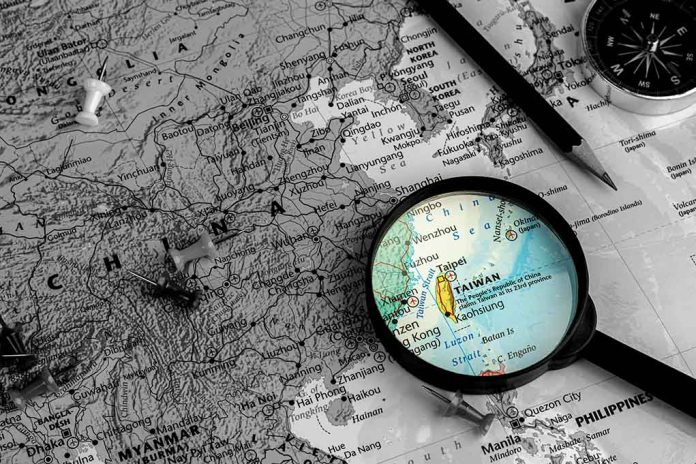
A catastrophic runway collision at Haneda Airport poses urgent questions about aviation safety.
At a Glance
- Multiple human errors caused a deadly collision at Tokyo’s Haneda Airport.
- Five crew members from the Coast Guard were killed; the Japan Airlines passengers all survived.
- Confusion among the Japan Coast Guard crew about runway clearance contributed to the crash.
- The Japan Transport Safety Board seeks improvements in communication and safety protocols.
Incident Overview
A disastrous collision occurred at Haneda Airport in Tokyo when a Japan Airlines Airbus A350 and a Japan Coast Guard aircraft collided. Tragically, the incident resulted in the deaths of five Coast Guard crew members. Despite the catastrophe, all 379 passengers and crew aboard the Japan Airlines flight managed to escape unscathed. Miscommunication was cited as a key factor, with the Coast Guard pilot mistakenly believing he had clearance to enter the runway.
The Japan Transport Safety Board’s (JTSB) findings underscore the importance of improved communication standards and sophisticated runway incursion alerts. The chaotic event highlights glaring deficiencies in protocol and communication that warrant immediate attention. As the investigation progresses, aviation authorities emphasize the urgency of implementing measures to avert recurrence of such accidents.
Human Errors and Contributing Factors
According to preliminary reports, multiple human errors were primarily responsible for the tragic incident. The Coast Guard crew erroneously believed they had permission to enter the runway, ultimately leading to a deadly collision. Air traffic controllers failed to notice warning alerts, contributing to the disaster. This negligence and lapses in judgment by crew and controllers were critical to the sequence of events that led to the crash.
“Investigators found multiple human errors to be the primary cause of the fatal collision between a Japan Airlines jet and a Japan Coast Guard (JCG) aircraft at Tokyo’s Haneda Airport earlier this year.” – Japan Transport Safety Board (JTSB)
Japan Airlines’ inability to detect the Coast Guard aircraft in time, due to limited visibility, compounded the chaos. The assumption of clearance by the Coast Guard pilot stemmed from his priority due to the earthquake relief mission. However, these assumptions and misinterpretations led to a plane crashing into unsuspecting victims, amplifying the tragedy tenfold.
Ongoing Investigation and Recommendations
The ongoing investigation aims to deliver a final report with detailed recommendations. It seeks to clarify the causes and propose solutions that reinforce safety measures. The Japan Transport Ministry has already implemented measures to improve communications and enhance warnings for runway incursions. This proactive approach aims to mitigate future risks while ensuring rigorous checks are in place at crucial control points.
“A collision between a Japan Airlines plane and a Japanese Coast Guard aircraft at a Tokyo airport a year ago appears to have been the result of multiple instances of human error, according to a report released by government investigators on Wednesday.” – government investigators
Aviation authorities continue to dissect the layers of human and technical failings that culminated in this mishap. As the safety board finalizes the review, passenger safety remains a priority, underlining the need for comprehensive reform to avert such incidents. The cautious yet determined steps forward will define aviation safety standards.
Sources
1. Human Error Blamed For Fatal Haneda Airport Collision
2. Human Error Cited for Collision of Two Planes at Tokyo Airport














